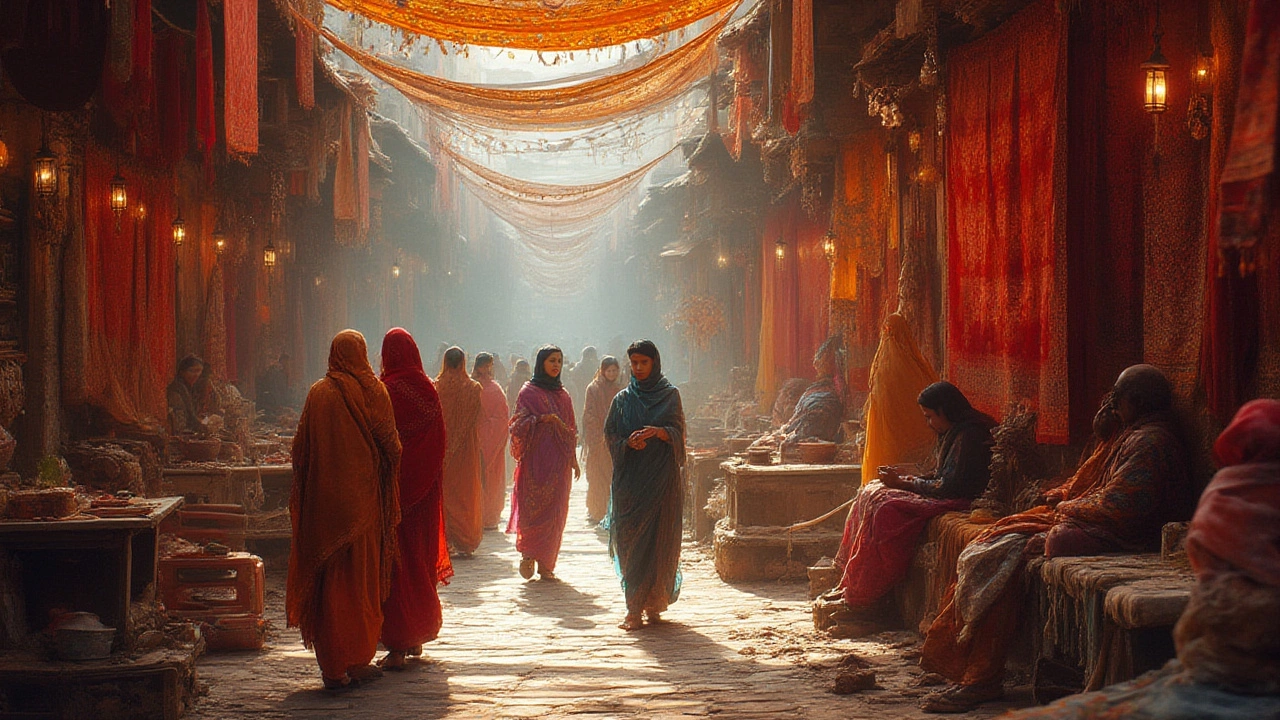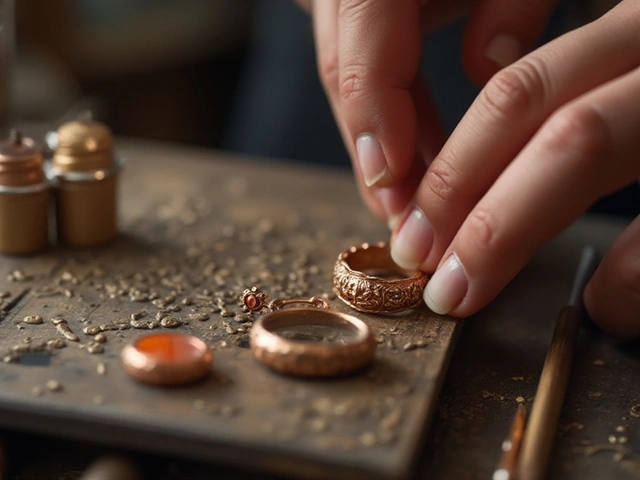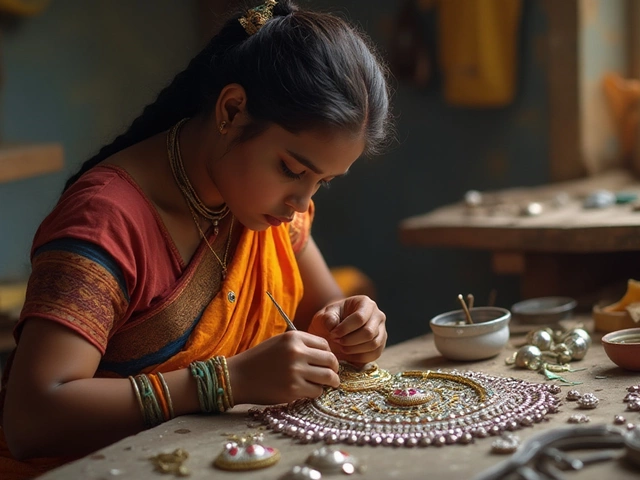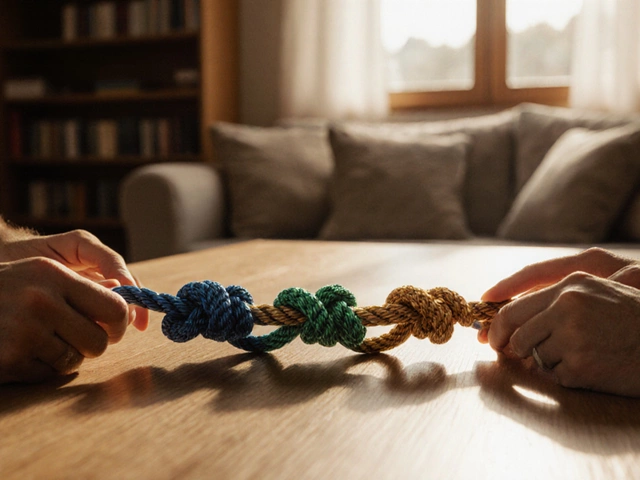Pashmina Cost: What You Need to Know Before Buying
If you’ve ever wondered why one pashmina shawl costs a few hundred rupees while another asks for thousands, you’re not alone. The price isn’t just a random number – it’s a mix of material quality, craftsmanship, origin, and brand reputation. Below we break down each factor, so you can tell whether a tag price matches the real value.
What Determines the Price of Pashmina?
Fiber source. True pashmina comes from the under‑coat of the Himalayan cashmere goat. The finer the fiber (measured in microns), the softer and more expensive the shawl. Fibers under 15 microns are considered premium, and they drive up the cost.
Blend ratio. Many shawls on the market mix pashmina with wool, yak hair, or synthetic fibers to lower price. A 100 % pure pashmina will cost more than a 70 % pashmina‑30 % wool blend.
Weave and finish. Hand‑knitted or hand‑woven shawls require skilled artisans and take weeks to finish. Machine‑made pieces can be produced quickly, which keeps the price low. Look for tags that mention “hand‑woven” or “hand‑knotted” – they usually cost more but last longer.
Region of production. Shawls from authentic Kashmiri workshops carry higher price tags because of the heritage and the strict quality checks. Pieces made elsewhere may be cheaper but can lack the same softness.
Brand and certification. Established brands (like RH Jewellers in their textile line) often invest in quality control and offer BIS or other hallmark certifications. Certified shawls tend to be pricier, but the certification protects you from fake claims.
How to Make Sure You’re Paying the Right Amount
First, feel the fabric. Genuine pashmina feels buttery soft and lightweight. If the shawl feels rough or overly heavy, it’s likely a blend or a lower‑grade cashmere.
Second, check the label. Look for clear information about fiber content, weight (in grams), and place of origin. A missing or vague label is a red flag.
Third, compare prices. In 2025, a 100 % pure pashmina shawl of about 150 g typically ranges from ₹5,000 to ₹15,000 depending on the factors above. Anything dramatically cheaper probably isn’t authentic.Finally, buy from trusted sellers. Online platforms that offer easy returns, verified reviews, and clear authentication policies give you an extra safety net.
By keeping these pointers in mind, you can avoid overpaying and still enjoy the warmth and elegance of a real pashmina shawl. Whether you’re shopping for a winter gift or adding a classic piece to your wardrobe, knowing the cost drivers helps you make a smart choice.
Most Expensive Fabrics in India: Silk, Pashmina & More
Curious which fabric costs a fortune in India? This guide reveals why silk, Pashmina, and rare handlooms are worth every rupee. Discover traditions, facts, and tips before you buy.





